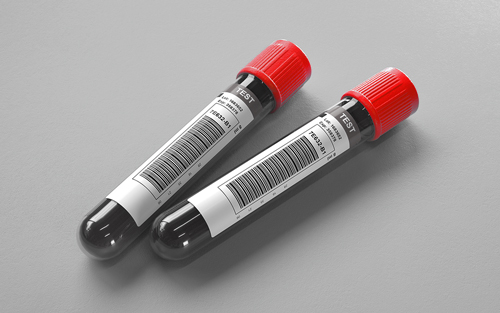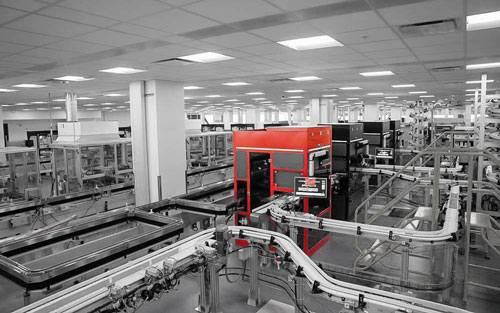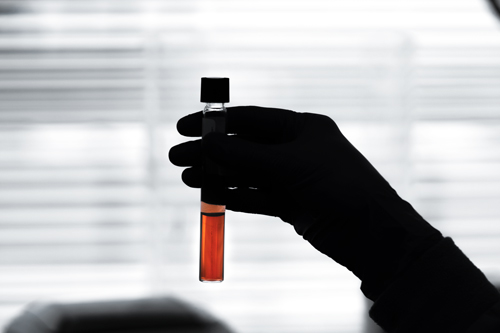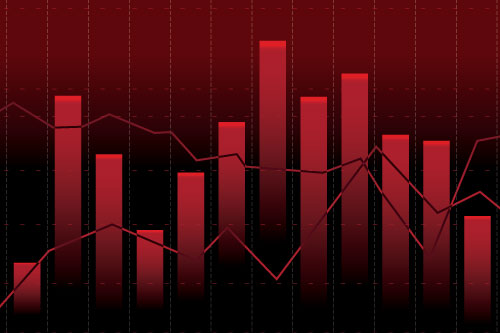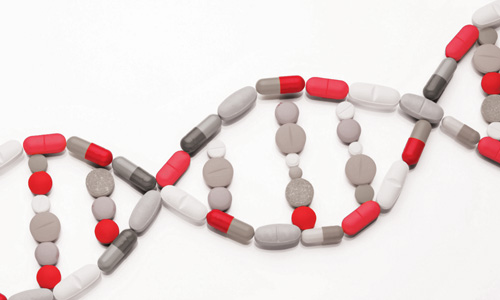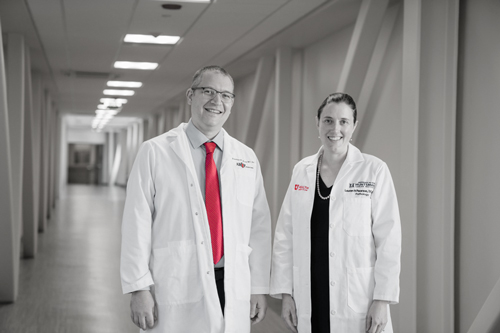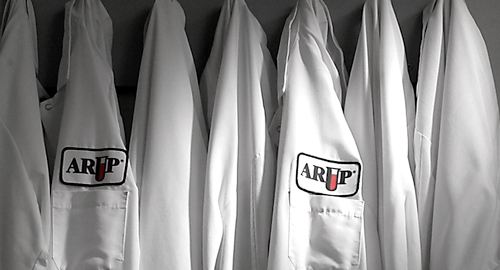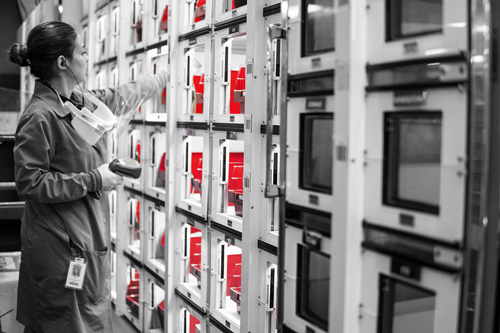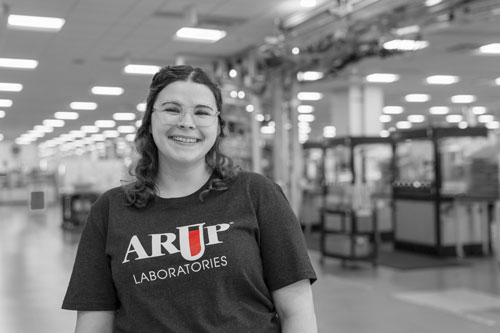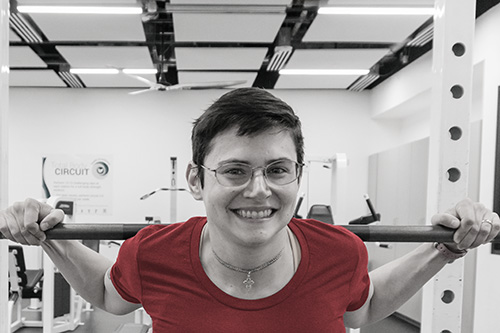Streptococcus pneumoniae Antibodies, IgG (9 Serotypes)
Ordering Recommendation
Use to evaluate antibody production and rule out antibody deficiency in patients vaccinated with a pure polysaccharide vaccine (eg, Pneumovax) or protein conjugated vaccine (eg, Prevnar or Vaxneuvance).
New York DOH Approval Status
Specimen Required
Serum separator tube. Postimmunization specimen should be drawn 30 days after immunization and, if shipped separately, must be received within 60 days of preimmunization specimen.
Separate serum from cells within 2 hours of collection. Transfer 1.5 mL serum to an ARUP standard transport tube. (Min: 0.25 mL) MARK SPECIMENS CLEARLY AS "PRE" OR "POST" SO SPECIMENS WILL BE SAVED AND TESTED SIMULTANEOUSLY .
Refrigerated. "Pre" and "post" pneumococcal vaccine specimens can be submitted separately or together for testing.
Plasma or other body fluids. Contaminated, hemolyzed, or severely lipemic specimens.
After separation from cells: Ambient: 48 hours; Refrigerated: 2 weeks; Frozen: 60 days (avoid repeated freeze/thaw cycles)
Methodology
Quantitative Multiplex Chemiluminescent Immunoassay
Performed
Tue, Fri
Reported
1-5 days
Reference Interval
Interpretive Data
A pre- and postvaccination comparison is required to adequately assess the humoral immune response to the pure polysaccharide Pneumovax 23 (PNX) and/or the protein conjugated Prevnar 7 (P7), Prevnar 13 (P13), Prevnar 20 (P20), and Vaxneuvance (V15) Streptococcus pneumoniae vaccines. Prevaccination samples should be collected prior to vaccine administration. Postvaccination samples should be obtained at least 4 weeks after immunization. Testing of postvaccination samples alone will provide only general immune status of the individual to various pneumococcal serotypes.
In the case of pure polysaccharide vaccine, indication of immune system competence is further delineated as an adequate response to at least 50 percent of the serotypes in the vaccine challenge for those 2-5 years of age and to at least 70 percent of the serotypes in the vaccine challenge for those 6-65 years of age. Individual immune response may vary based on age, past exposure, immunocompetence, and pneumococcal serotype.
Responder Status Antibody Ratio
Nonresponder . . . . . . . . . . . Less than twofold increase and postvaccination concentration less than 1.3 ug/mL
Good responder . . . . . . . . . . .At least a twofold increase and/or a postvaccination concentration greater than or equal to 1.3 ug/mL
A response to 50-70 percent or more of the serotypes in the vaccine challenge is considered a normal humoral response. (Daly, 2014) Antibody concentration greater than 1.0-1.3 ug/mL is generally considered long-term protection. (Daly, 2015)
References:
1. Daly TM, Pickering JW, Zhang X, et al. Multilaboratory assessment of threshold versus fold-change algorithms for minimizing analytical variability in multiplexed pneumococcal IgG measurements. Clin Vaccine Immunol. 2014;21(7):982-988.
2. Daly TM, Hill HR. Use and clinical interpretation of pneumococcal antibody measurements in the evaluation of humoral immune function. Clin Vaccine Immunol. 2015;22(2):148-152.
Laboratory Developed Test (LDT)
Note
Hotline History
CPT Codes
86581
Components
| Component Test Code* | Component Chart Name | LOINC |
|---|---|---|
| 0050719 | Pn Serotype Interpretation | 42771-6 |
| 2005780 | Pn serotype 2 IgG (PNX) | 86039-5 |
| 2005781 | Pn serotype 10A IgG (P20,PNX) | 86098-1 |
| 2005782 | Pn serotype 11A IgG (P20,PNX) | 86122-9 |
| 2005783 | Pn serotype 15B IgG (P20,PNX) | 40973-0 |
| 2005784 | Pn serotype 17F IgG (PNX) | 86009-8 |
| 2005785 | Pn serotype 19A IgG (P13,P20,PNX,V15) | 40974-8 |
| 2005786 | Pn serotype 20 IgG (PNX) | 86045-2 |
| 2005787 | Pn serotype 22F IgG (P20,PNX,V15) | 86052-8 |
| 2005788 | Pn serotype 33F IgG (P20,PNX,V15) | 40969-8 |
